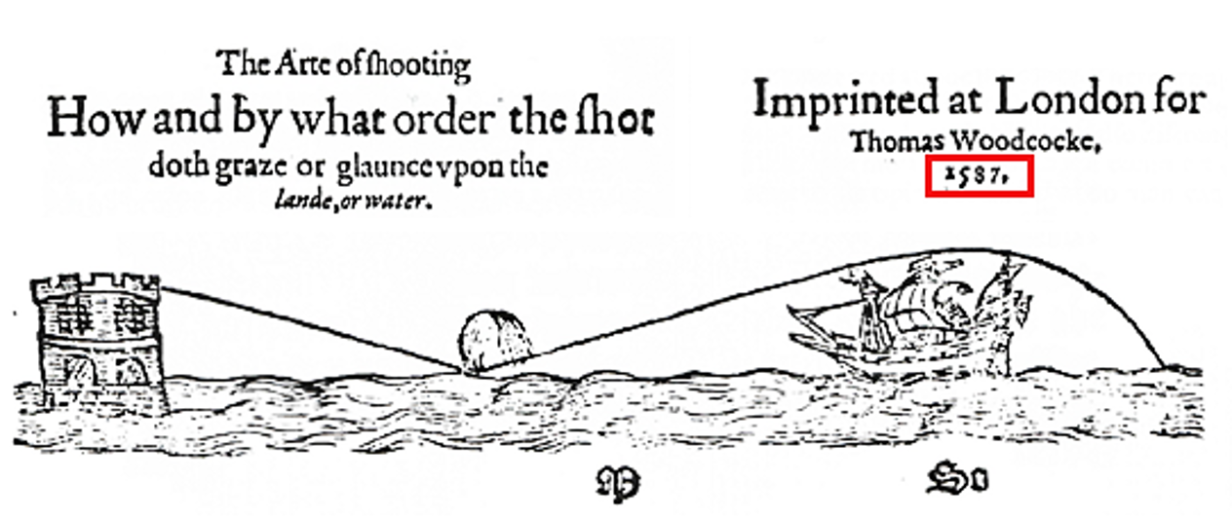
When and where
Thursday 18 April 2019, 12:00, Sala Consiglio, INM Rome HQ
Abstract
First part of the presentation will be about the pressure distributions over the wetted surfaces of a parabolic contour in 2D and an elliptic paraboloid in 3D for oblique water impact. The pressures are calculated within the Wagner model of water entry with focus on the area of the wetted surface, where the hydrodynamic pressure is below the ambient pressure, and the area, where the pressure approaches the vapour pressure. The latter one corresponds to the area of interface cavitation of the liquid. When the former area approaches the contact line of the body surface, the surrounding air flows into this area separating the liquid surface from the body and leading to its ventilation. Several models of ventilation and cavitation for 2D problem of oblique impact of rigid and elastic plates will be introduced. The nonlinear 2D problem of oblique impact of an elliptic cylinder onto a thin liquid layer with multiple bouncing of the cylinder from water will be presented. The second part of the presentation will be about the water exit problems including the problem of an elastic disc lifted from water surface. The corresponding exit models will be applied to the 3D problem of an ellipsoid gliding on the water surface. Comparison of the obtained results with 3D CFD results will be shown. Our exit model of elastic bodies will be compared with the experimental results for large accelerations of the body lifting.
Short biography
Alexander Korobkin is a Professor in Applied Mathematics. He joined the University of East Anglia in 2007. He has made contributions to theoretical and semi-analytical studies of fluid-structure interaction. He developed several models of water impact and steep wave impact onto offshore structures. These models were designed to be combined with CFD software aiming at improving predictions needed for safety assessment studies. His models of sloshing/slamming loads and the response of the rigid/elastic structure proved to be helpful and flexible enough to account for physical effects of primary importance in impact phenomena. His three-dimensional models of water impact were applied to practical problems in two FP7 projects (2009-2013, 2010-2014) and in the Marie-Curie project on offshore structures interacting with waves (2014-2016). He was awarded the prestigious Weinblum Memorial Lectureships in 2009, the highest award in ship hydrodynamics. He is a member of the editorial boards of two international journals: Journal of Engineering Mathematics and Journal of Fluids and Structures. He authored or co-authored three books, six book chapters, more than one hundred ten research papers in archival journals and more than one hundred conference technical papers.

